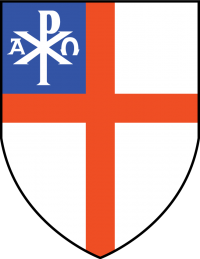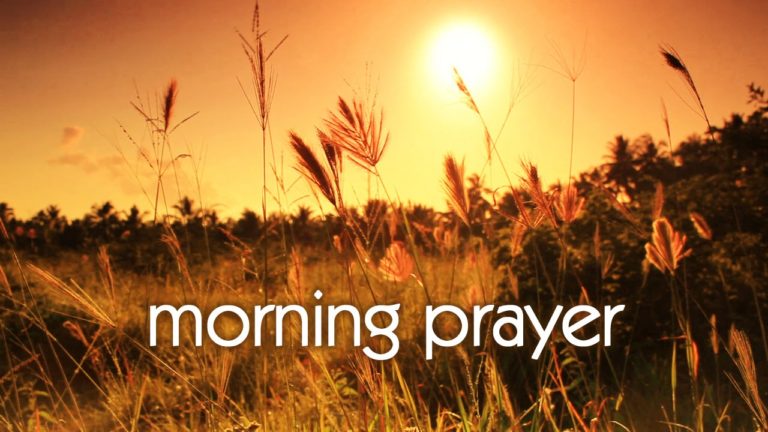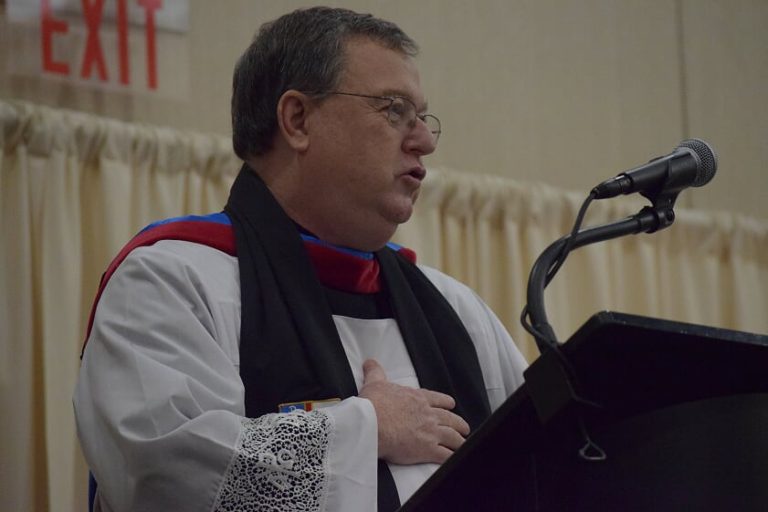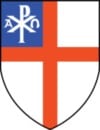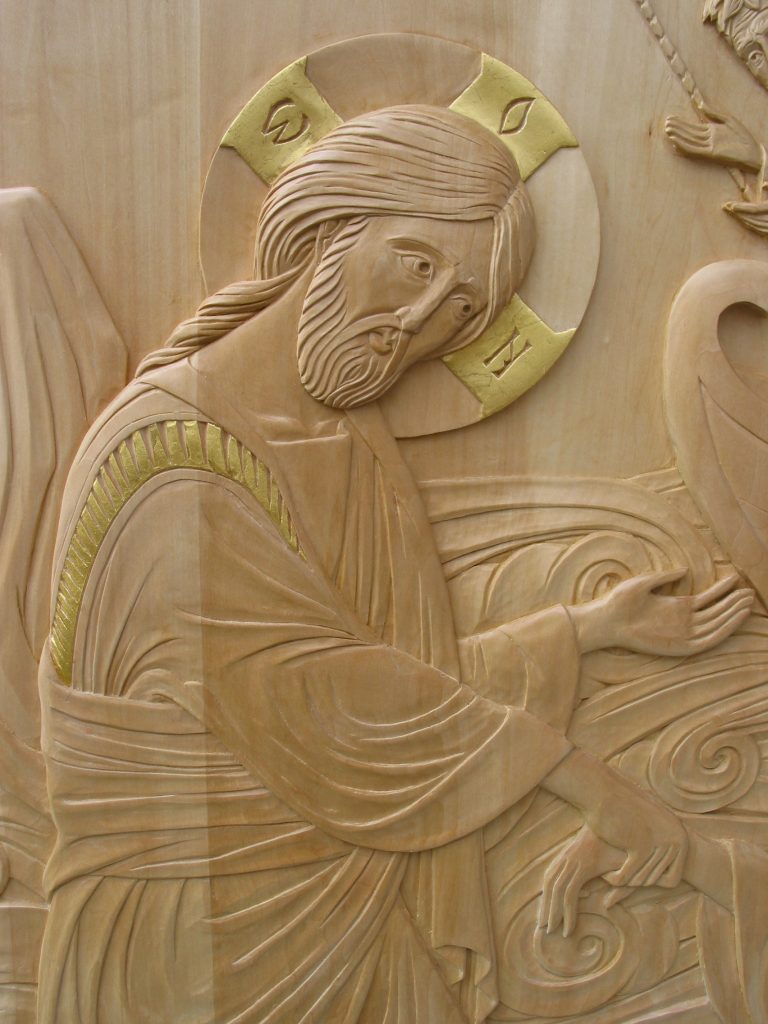Musical Notes for Easter 3; May 12 2019
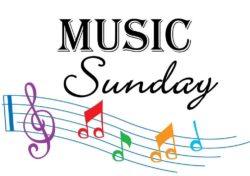
Musical Notes for Easter 3; May 12 2019
Prelude: Christ ist erstanden Hans Buchner
Hans Buchner (1483-1538) was a contemporary of Martin Luther and was
organist at the cathedral in Constance, southern Germany. Around 1525,
he composed one of the earliest pieces on the 11th century German
chorale “Christ ist erstanden” (Christ is arisen).
Introit:
(Psalm 66:2-3) Make a joyful noise unto God, all ye lands: sing forth
the honor of His name: make His praise glorious. Say unto God, how
terrible art Thou in Thy works: through the greatness of Thy power shall
Thine enemies submit themselves unto Thee.
As during Lent, each Sunday in Eastertide has a Latin name from the
first words of the Introit. The name for the Third Sunday of Easter is
Jubilate from Psalm 66:1: “Jubilate Deo omnis terra.”
Offertory:
(Psalm 146:1b-2) Praise the Lord, O my soul. While I live will I
praise the Lord: I will sing praises unto my God while I have any being.
Hallelujah.
Anthem: Now the Green Blade Riseth Simon Andrews
The tune for the anthem is originally a late 15th century French carol,
Noel Nouvelet. John Macleod Campbell Crum, an English Anglican priest,
published his poem in 1928 that compared the resurrection of Christ to
wheat and grain that sprouts after lying dormant in the ground. The
anthem placing the tune against a rhythmic ostinato (repeated musical
figure) is composed by Simon Warren Andrews (b.1958), English composer
and musician in Pennsylvania.
Postlude: The Strife is O’er Alec Wyton
The processional hymn and postlude are the mid-19th century Easter hymn.
The poem is an 1859 translation of the 1695 Jesuit Latin poem. The tune
was created in 1861 by William Monk (editor of the English hymnal Hymns
Anceint and Modern) from a Magnificat by the Italian Renaissance
composer Palestrina. The organ setting are by Alec Wyton (1921-2007),
English organist-choirmaster at New York’s Cathedral of St. John the Divine.
